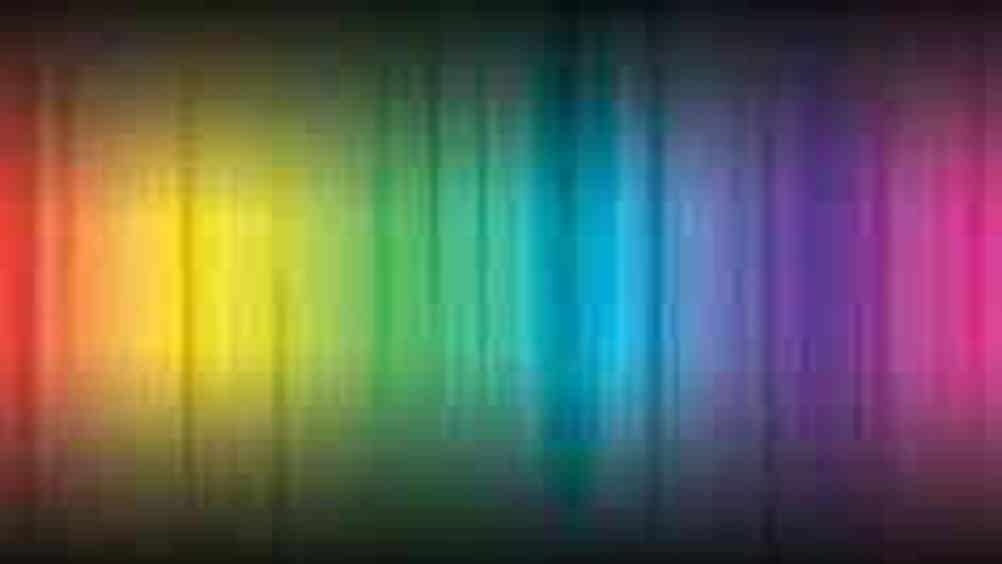Novel DNA-peptide structure holds promise for multicoloured roll-up displays
Researchers believe a novel DNA-peptide structure can be used to produce thin, transparent, and flexible screens, a development that could lead to roll-up electronic displays.

The research from Tel Aviv University is said to harness bionanotechnology to emit a full range of colours in one pliable pixel layer compared to the several rigid layers that constitute today’s screens.
“Our material is light, organic, and environmentally friendly,” said Prof Ehud Gazit, from the Department of Molecular Microbiology and Biotechnology at TAU’s Faculty of Life Sciences. “It is flexible, and a single layer emits the same range of light that requires several layers today. By using only one layer, you can minimise production costs dramatically, which will lead to lower prices for consumers as well.”
Prof Gazit conducted the research with doctoral student Or Berger in collaboration with Dr Yuval Ebenstein and Prof Fernando Patolsky of the School of Chemistry at TAU’s Faculty of Exact Sciences.
For the purpose of the study, a part of Berger’s Ph.D. thesis, the researchers tested different combinations of peptides: short protein fragments, embedded with DNA elements which facilitate the self-assembly of a unique molecular architecture.
Register now to continue reading
Thanks for visiting The Engineer. You’ve now reached your monthly limit of news stories. Register for free to unlock unlimited access to all of our news coverage, as well as premium content including opinion, in-depth features and special reports.
Benefits of registering
-
In-depth insights and coverage of key emerging trends
-
Unrestricted access to special reports throughout the year
-
Daily technology news delivered straight to your inbox










Water Sector Talent Exodus Could Cripple The Sector
Well let´s do a little experiment. My last (10.4.25) half-yearly water/waste water bill from Severn Trent was £98.29. How much does not-for-profit Dŵr...